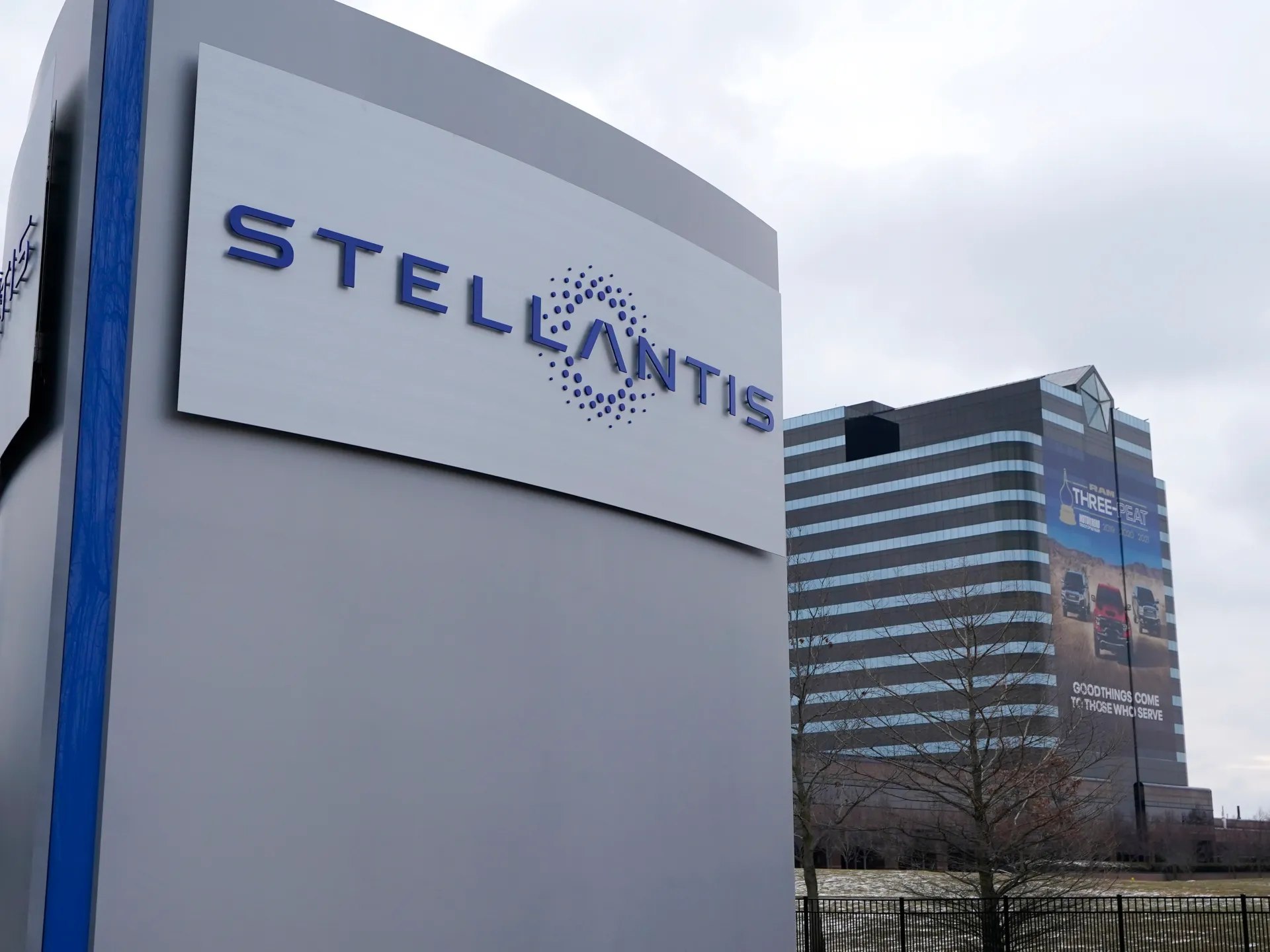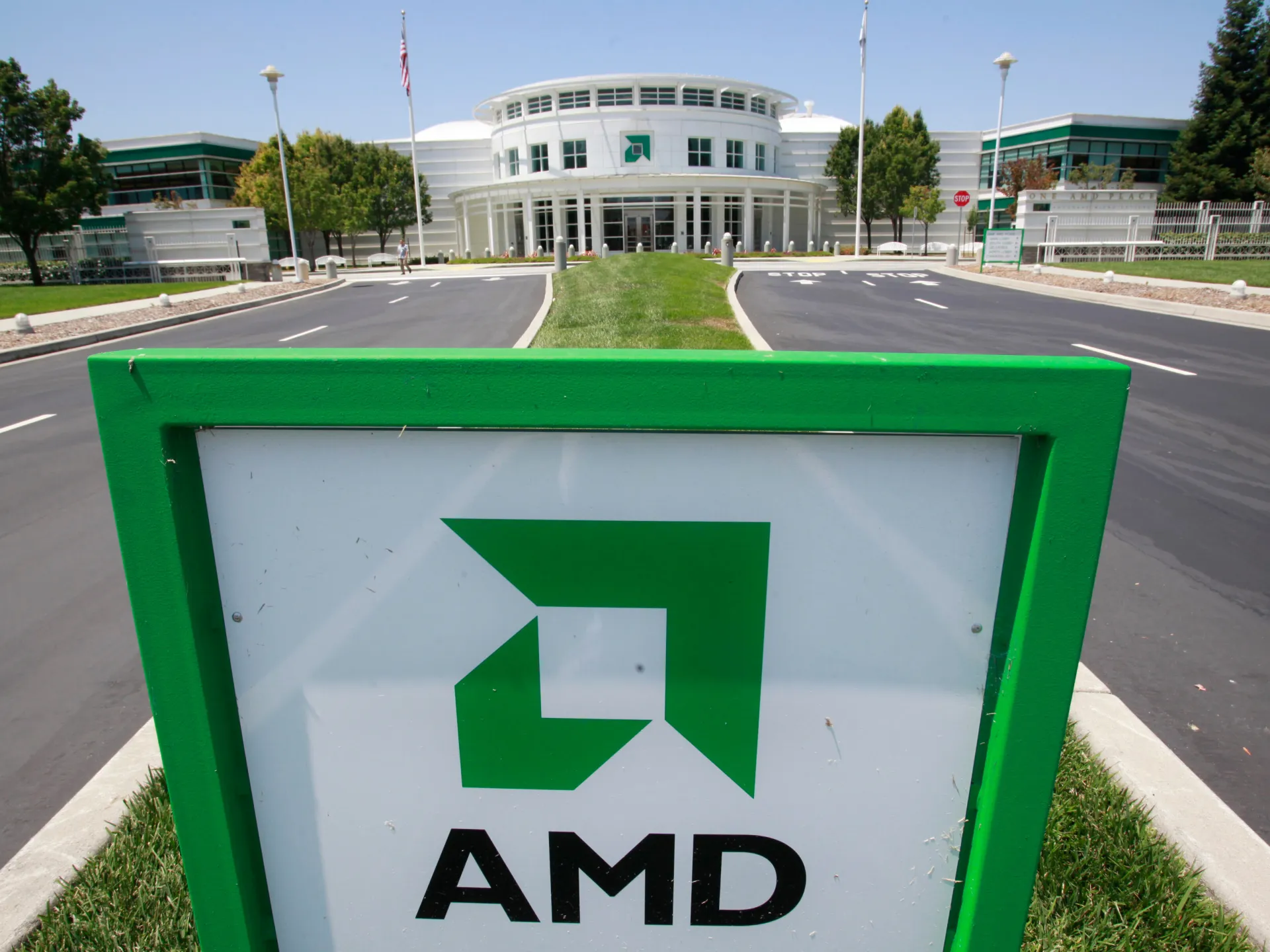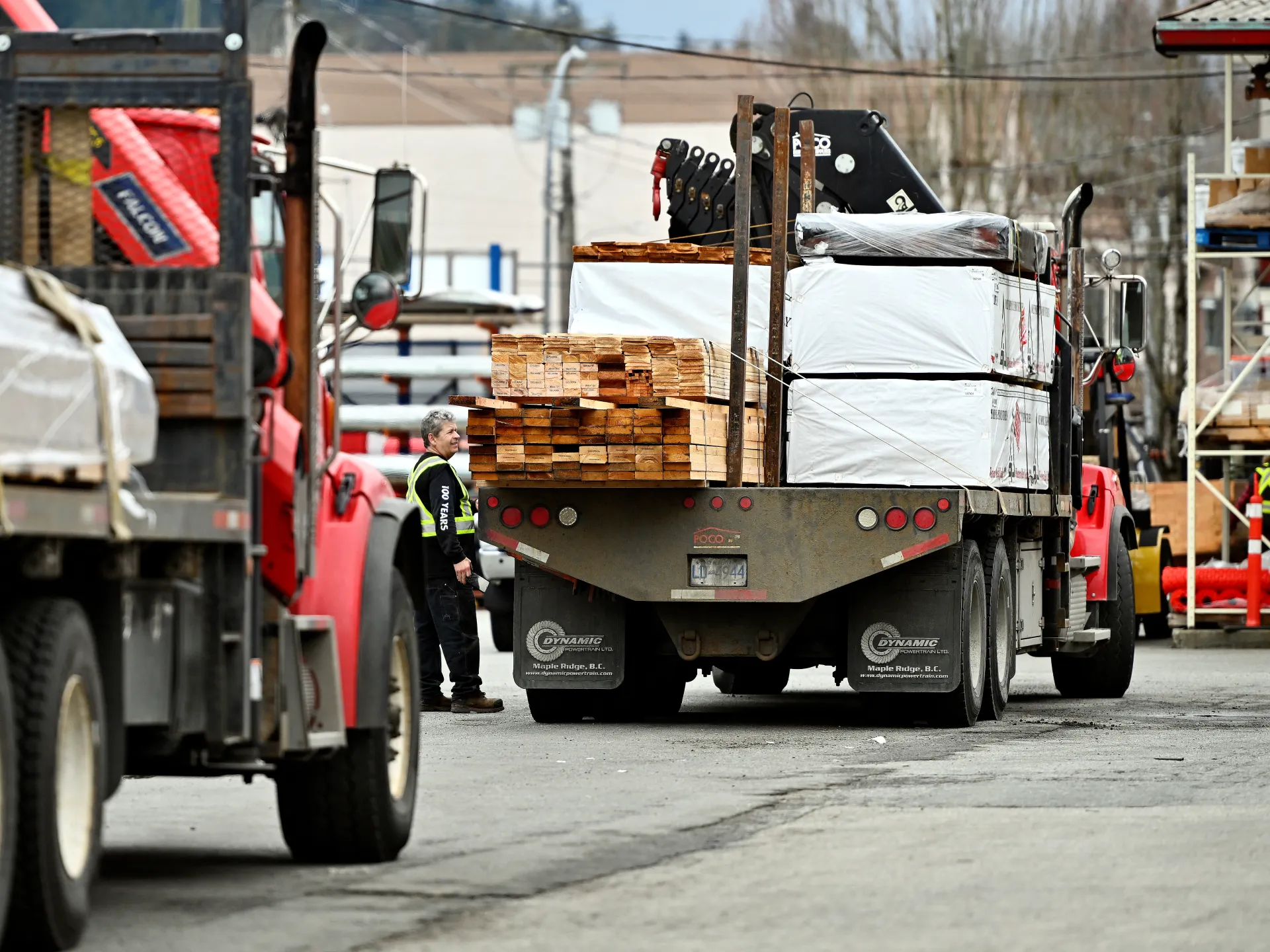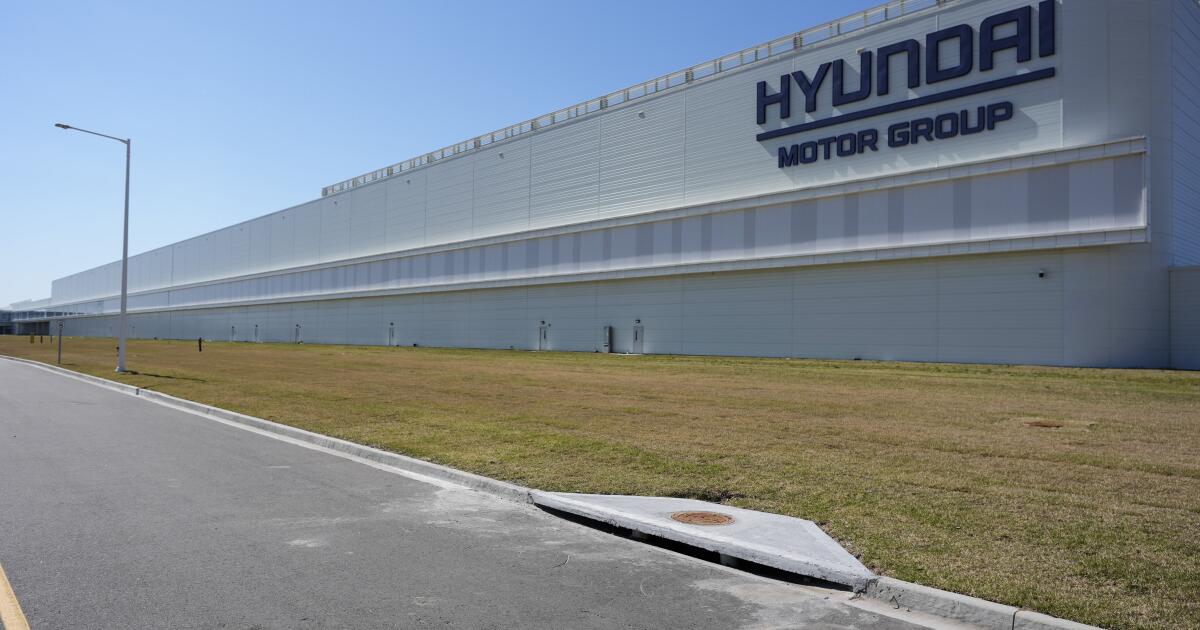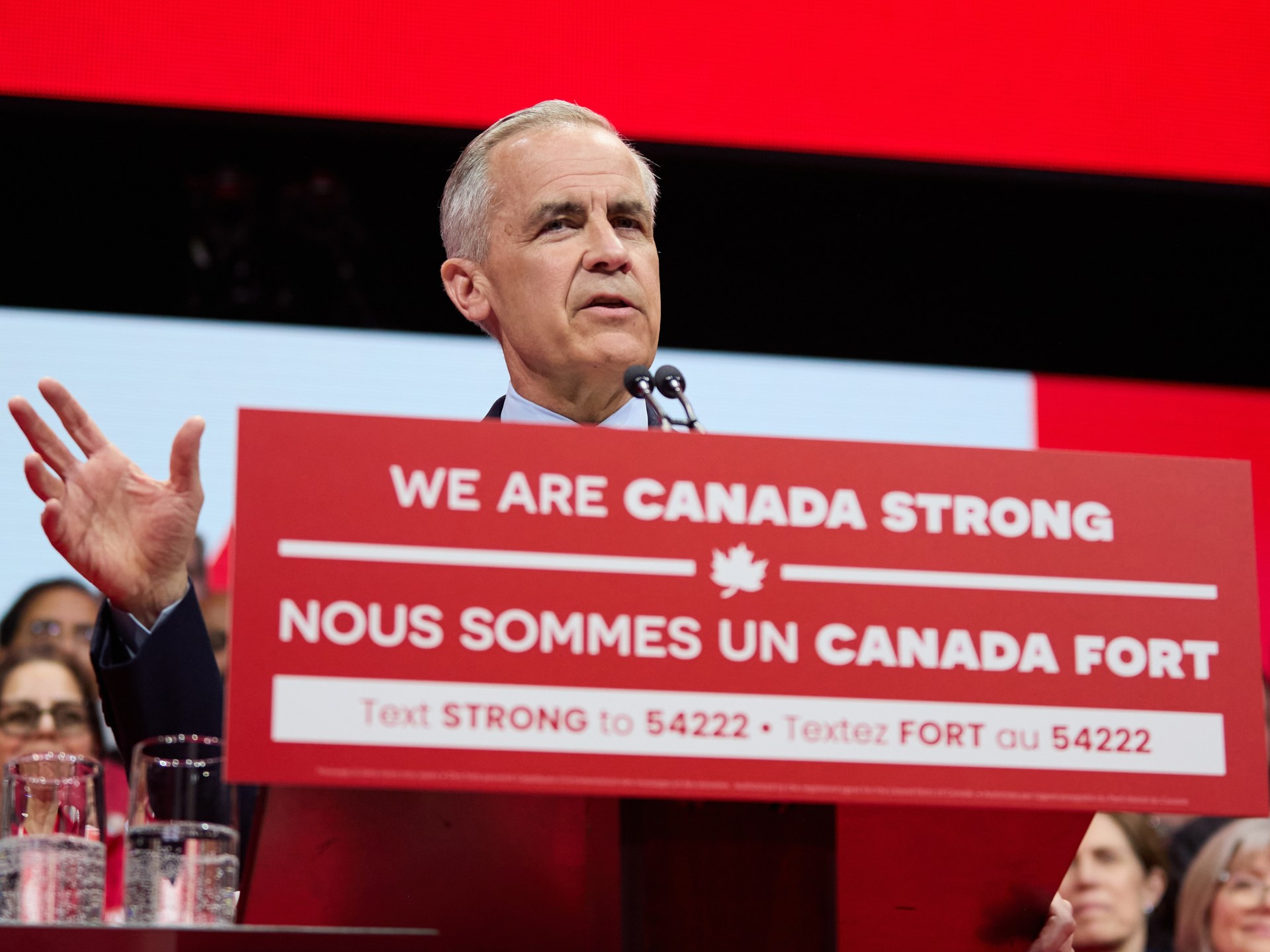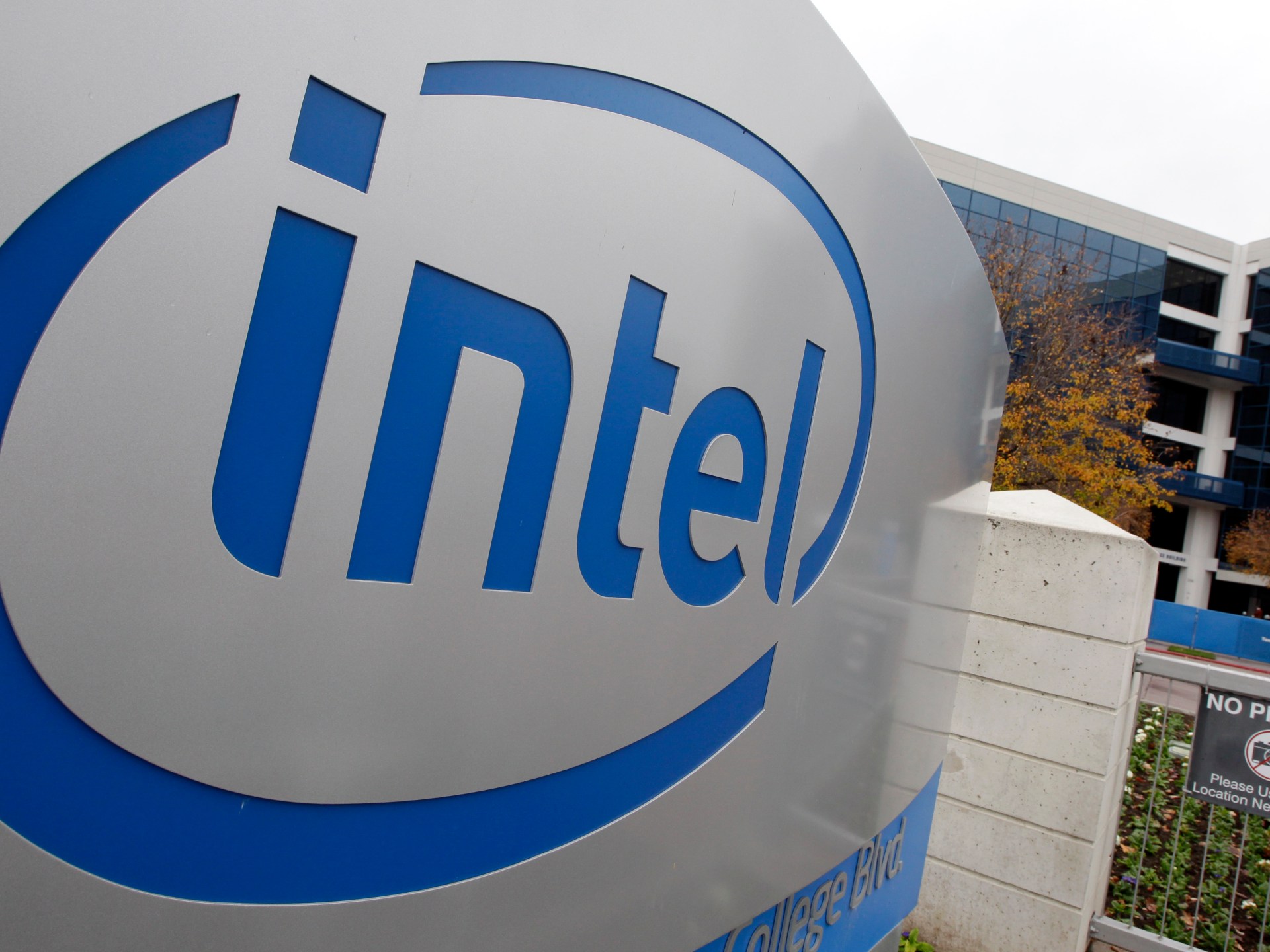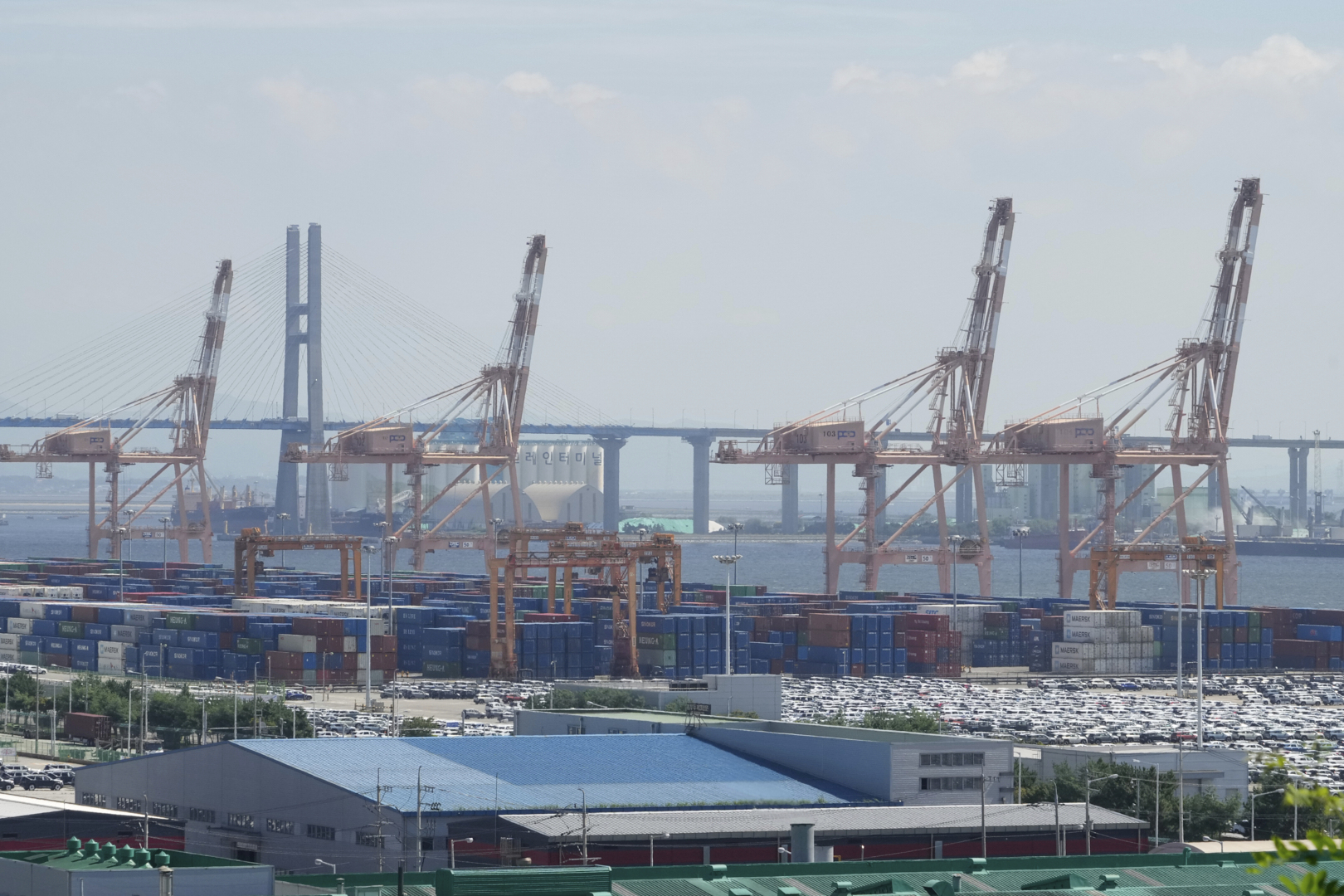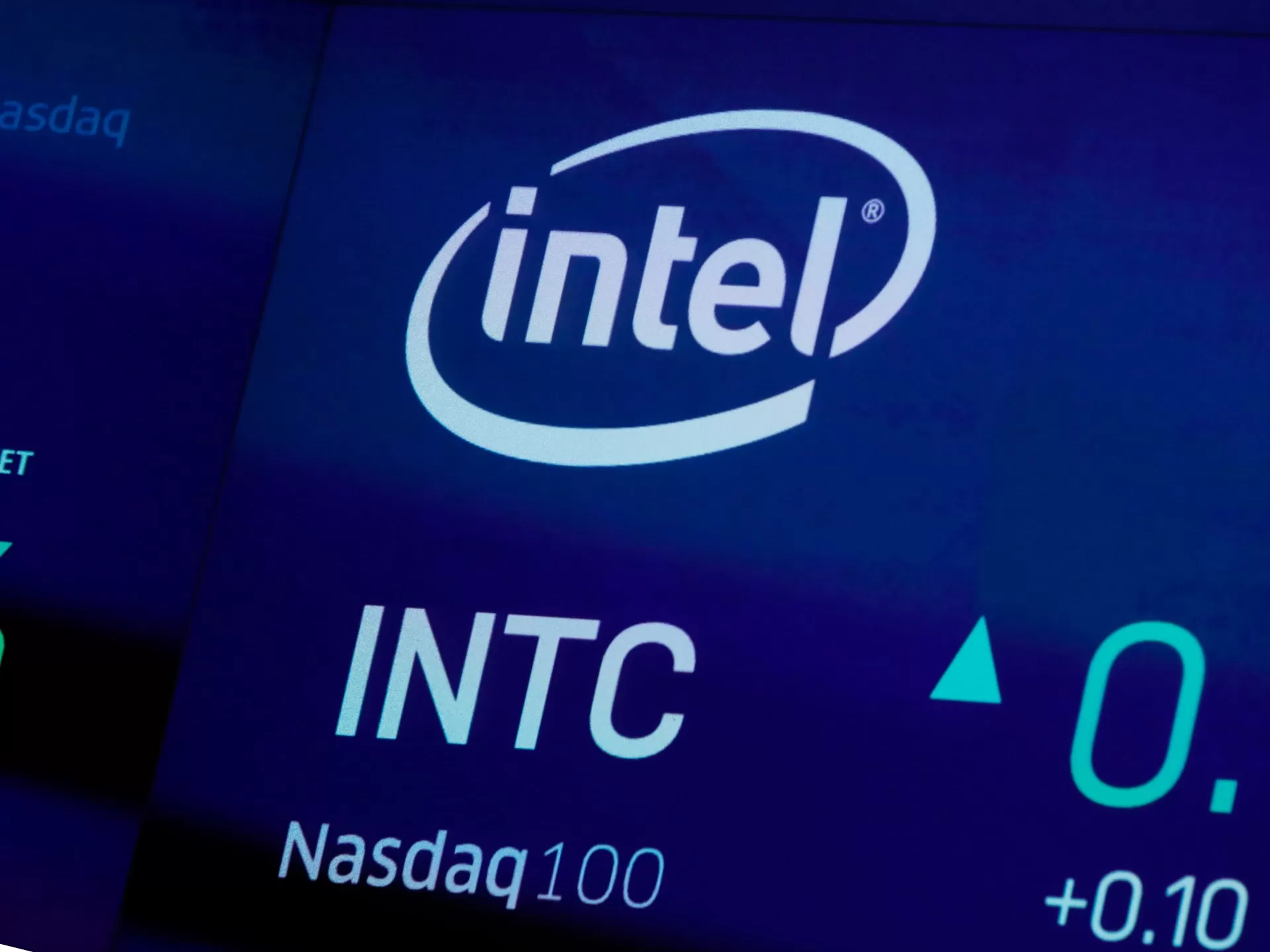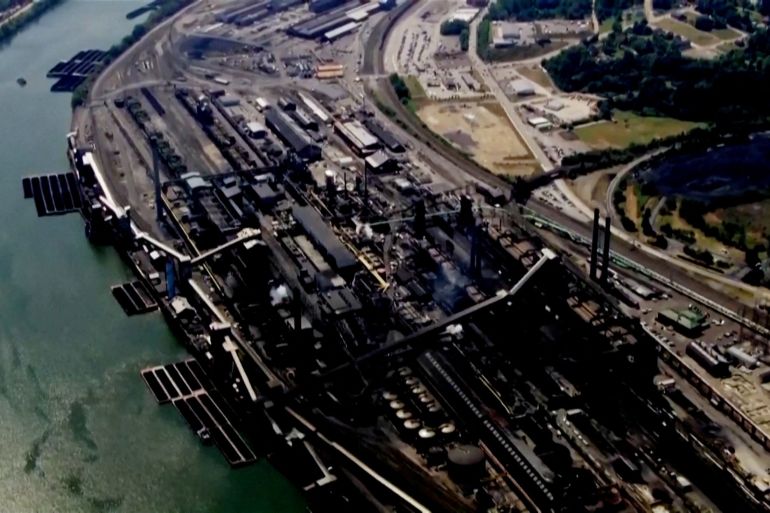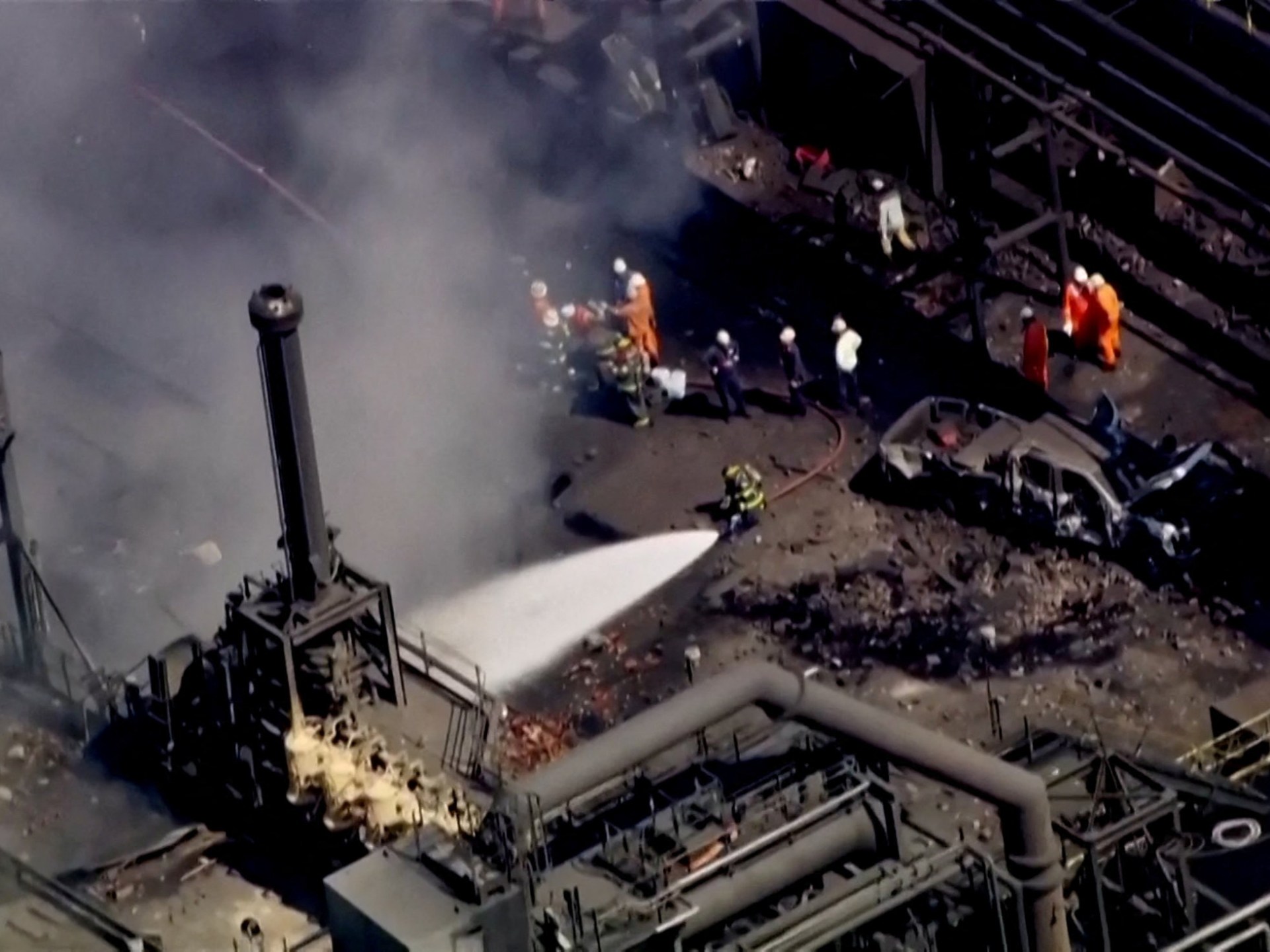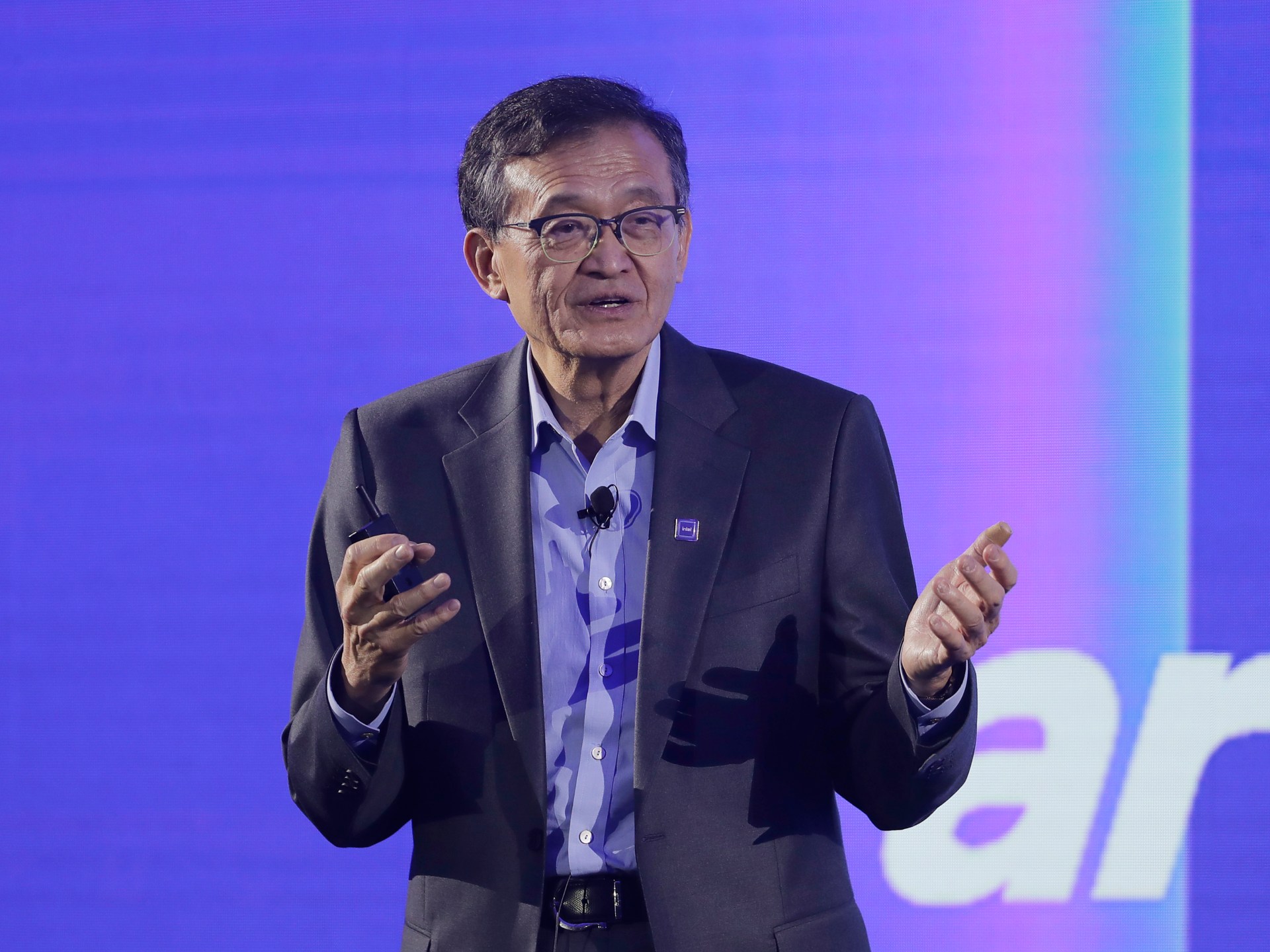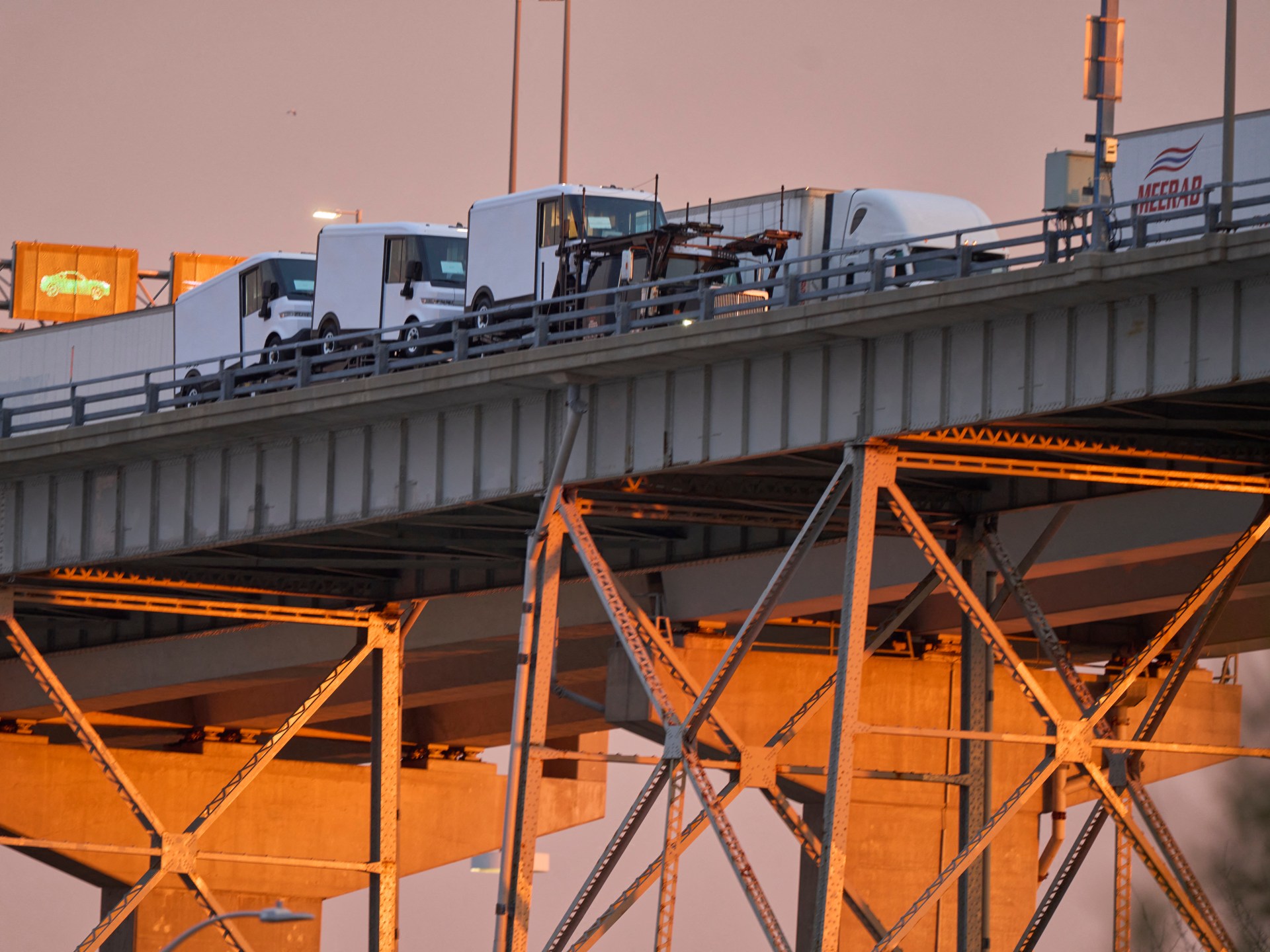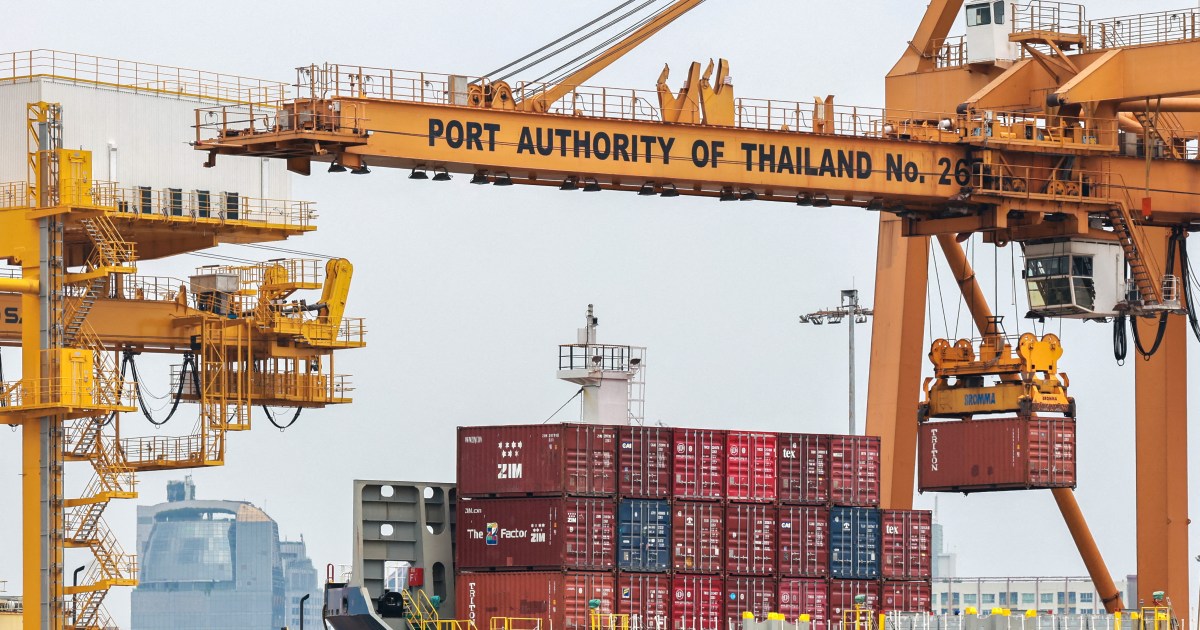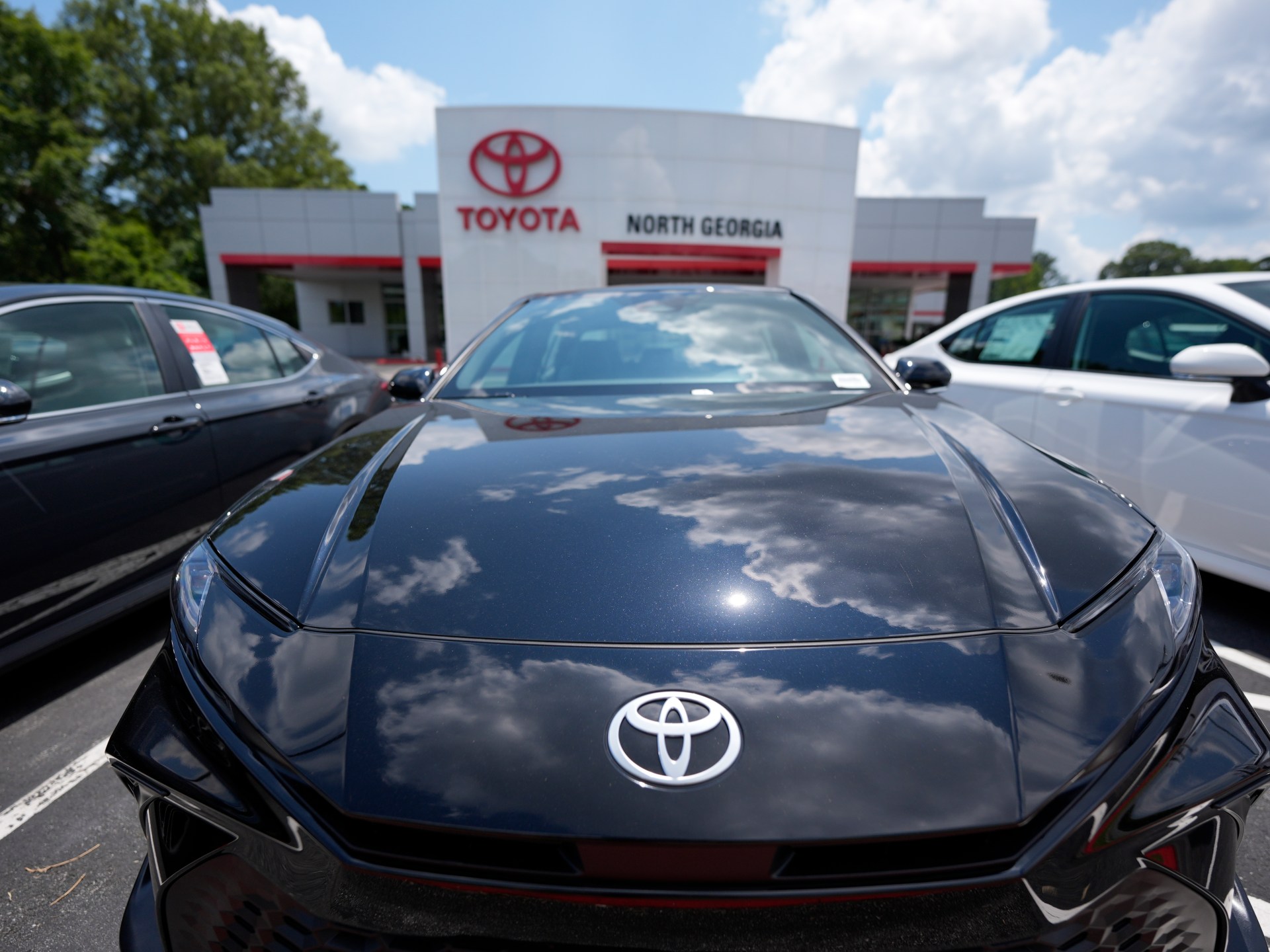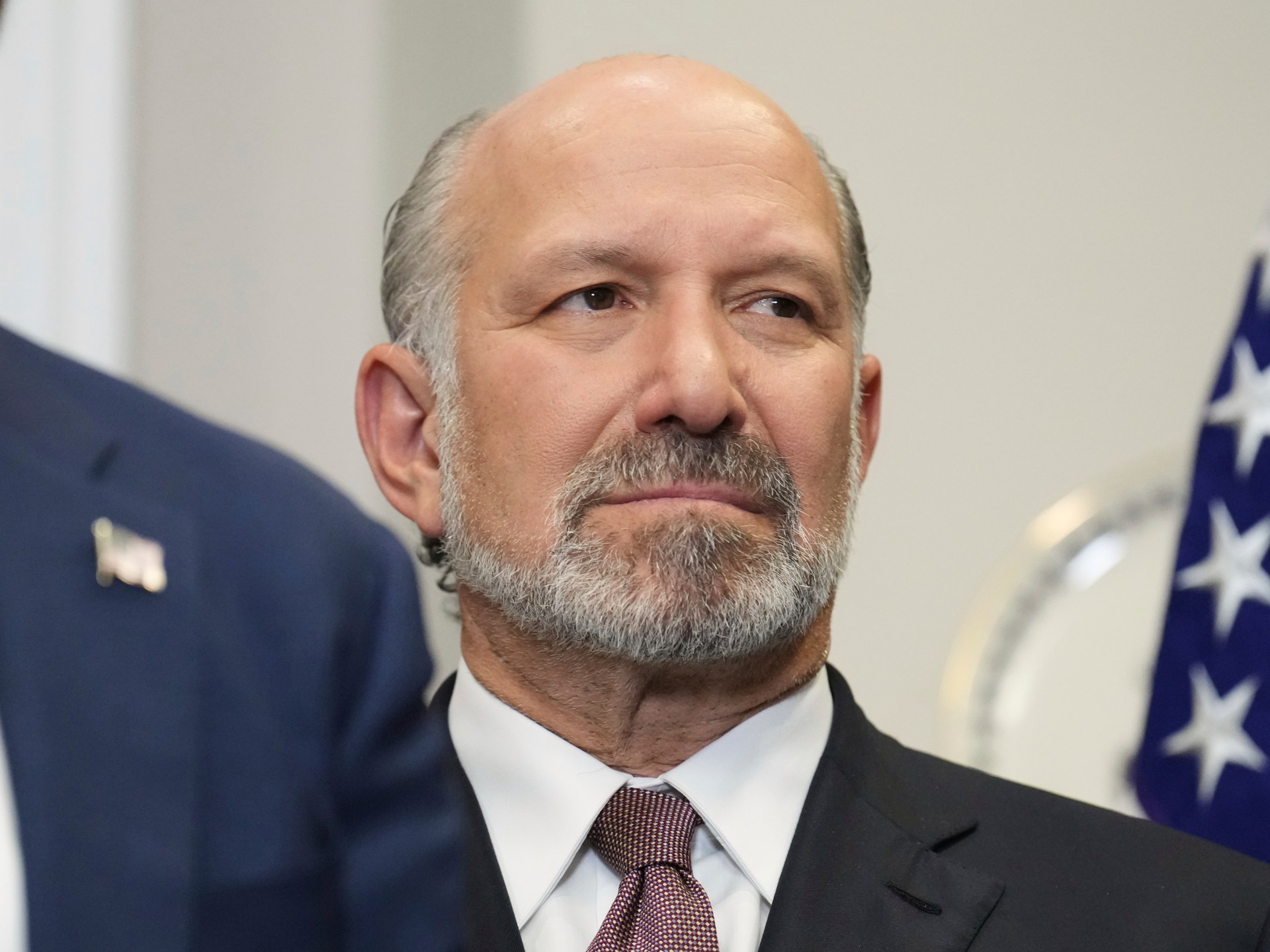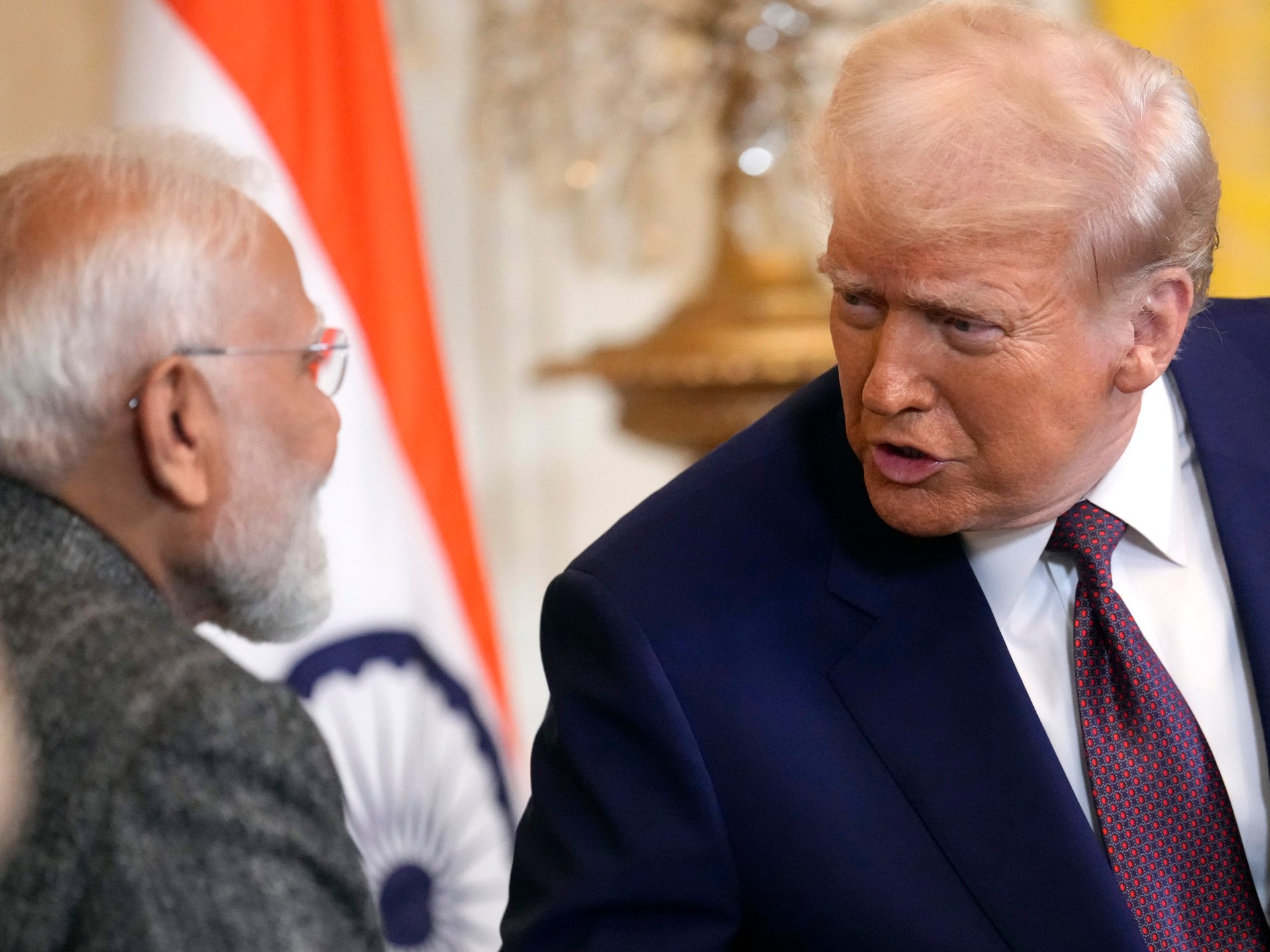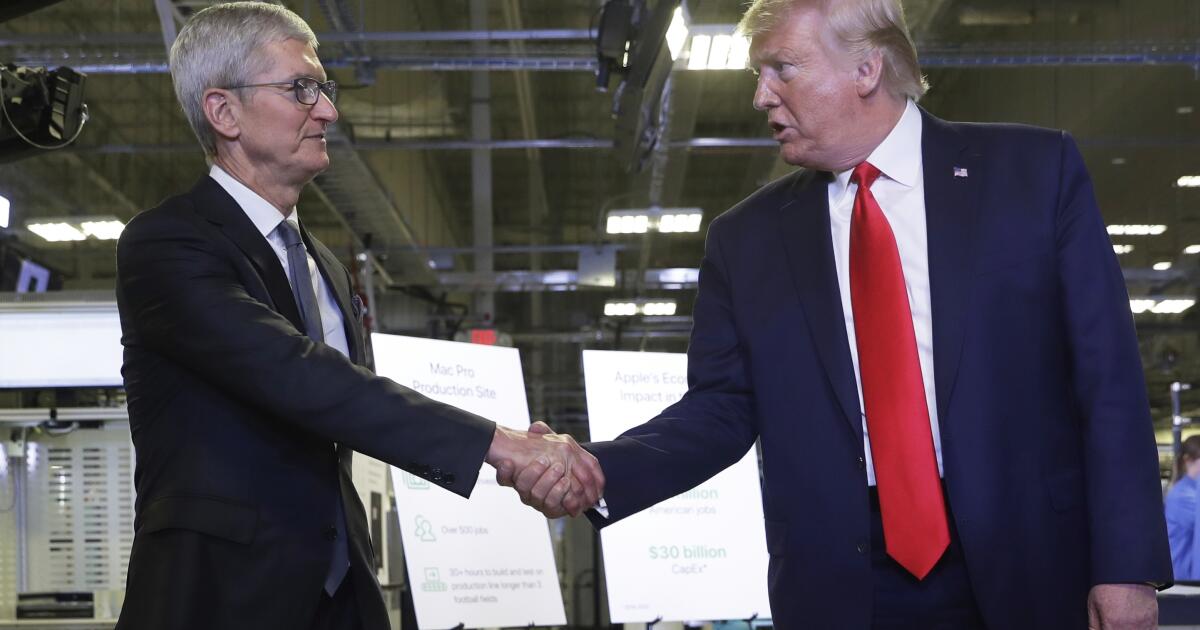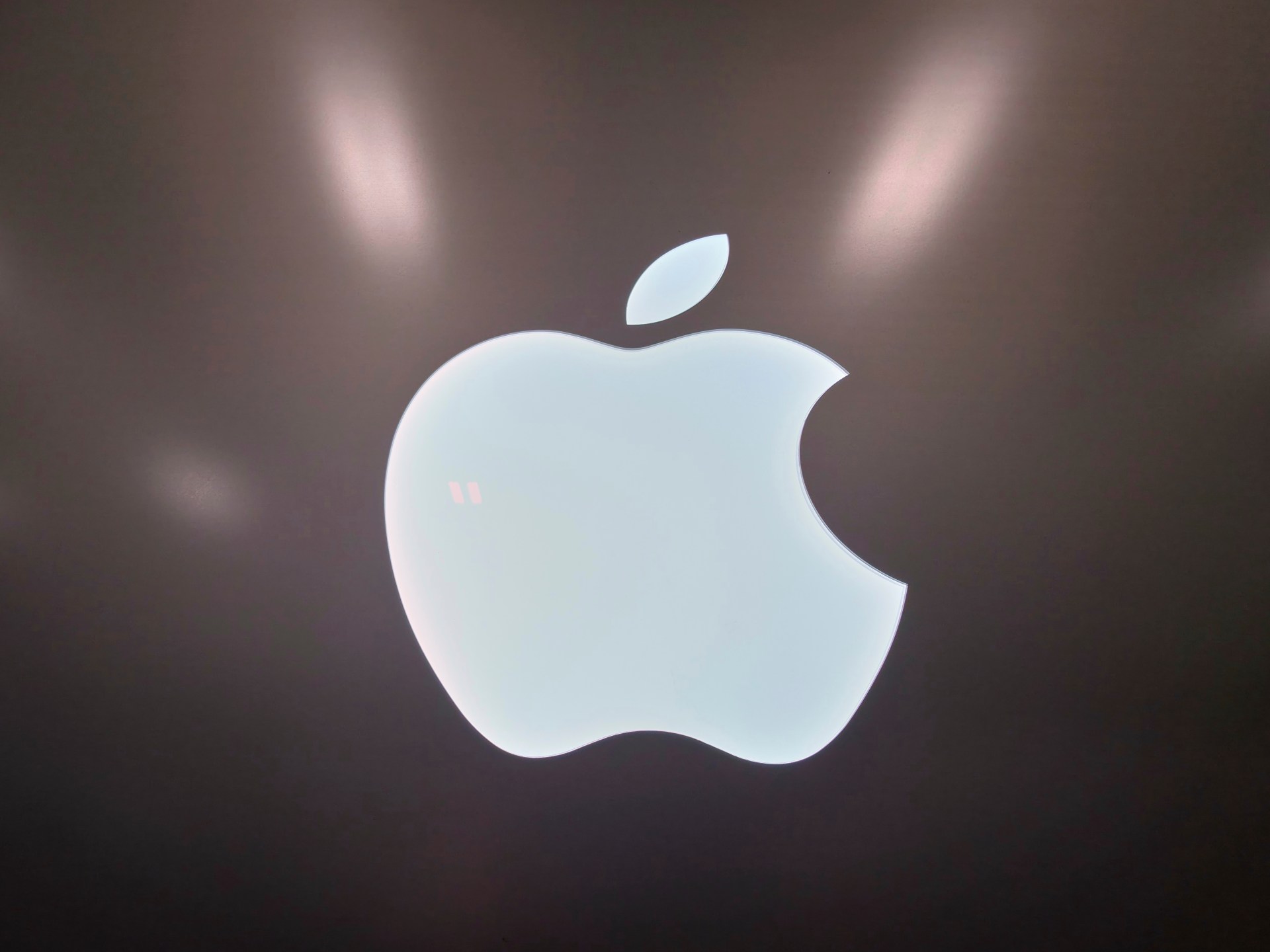Taiwan Semiconductor Manufacturing Just Announced Big News for Nvidia Stockholders
Investors always look for clues about Nvidia’s progress in the high-growth AI market.
Nvidia (NVDA 1.04%) has hit it out of the park quarter after quarter when reporting earnings, but that hasn’t made investors blasé about the artificial intelligence (AI) giant’s next update. Instead, investors wait with just as much anticipation each time around — and even wonder if, this time, they’ll see a slowdown in what’s been a whirlwind growth story.
As investors count the days until the next report — and in this case, it’s set for Nov. 19 — they look for clues about Nvidia’s AI business, one that’s generated record revenue in recent years. Nvidia, as the world’s biggest AI chip designer, delivered $130 billion in revenue in the latest fiscal year — that’s compared to $27 billion just two years earlier.
Now, one particular clue — and one investors truly can count on — comes from Taiwan Semiconductor Manufacturing (TSM -1.68%), a key Nvidia partner. TSMC, the world’s largest chip manufacturer, just announced big news for Nvidia stockholders.

Image source: Getty Images.
How Nvidia and TSMC work together
Before we get to this fantastic news, though, we’ll take a quick look at Nvidia’s business and how the company works with TSMC. Nvidia for many years built its business around designing chips for the gaming market, but as AI surfaced as a growth opportunity, the company turned its attention there. And, as they say, the rest is history.
Today, Nvidia dominates this market with its high-powered chips as well as related products and services from enterprise software to networking systems. This has helped earnings and the stock price soar — Nvidia shares have climbed more than 1,100% over the past five years.
It’s important to note that though Nvidia is a chip designer, it’s not a chipmaker. Nvidia doesn’t actually manufacture its AI chips, known as graphics processing units (GPUs), and instead turns to TSMC for that job. TSMC has more than 500 customers across segments of the market, including the world’s chip leaders — from Nvidia to Broadcom and Advanced Micro Devices.
A deep look at the industry
On top of this, since the actual production of advanced chips becomes more and more complex with each chip innovation, TSMC starts work with customers two to three years prior to a new project. “Therefore, we probably get the deepest and widest look possible in the industry,” CEO C.C. Wei said during the company’s earnings call this week.
All of this means TSMC has a very clear picture of what’s happening in today’s AI market and what lies ahead. And this brings me to the news the company delivered this week — news that’s a big deal for Nvidia stockholders.
TSMC reported a 39% increase in profit and a 30% increase in revenue in the recent quarter, beating analysts’ estimates. Importantly, Wei said TSMC continues to see a “strong outlook” from customers and “received very strong signals from our customers’ customers. … Our conviction in the AI megatrend is strengthening.” Wei added that semiconductor demand “will continue to be very fundamental.”
Confirming the trend
All of this is incredible news for Nvidia’s shareholders as it confirms the trends the chip designer has spoken of in recent quarters and its prediction for growth in demand. In Nvidia’s most recent earnings report, back in August, CEO Jensen Huang predicted that AI infrastructure spending may jump to $4 trillion by 2030. TSMC’s report this past week offers us reason to be optimistic about that possibility and suggests that Nvidia is already starting to reap the rewards.
As customers seek GPUs, chip designers must turn to TSMC for production — and it’s likely that TSMC’s revenue gains reflect demand for Nvidia’s chips since Nvidia is the market leader.
All of this means there’s reason for investors to be optimistic about Nvidia’s upcoming earnings report and the messages it will deliver regarding future demand for its GPUs. That’s incredible news for Nvidia stockholders — and makes the stock a great one to buy and hold today.
Adria Cimino has no position in any of the stocks mentioned. The Motley Fool has positions in and recommends Advanced Micro Devices, Nvidia, and Taiwan Semiconductor Manufacturing. The Motley Fool recommends Broadcom. The Motley Fool has a disclosure policy.

